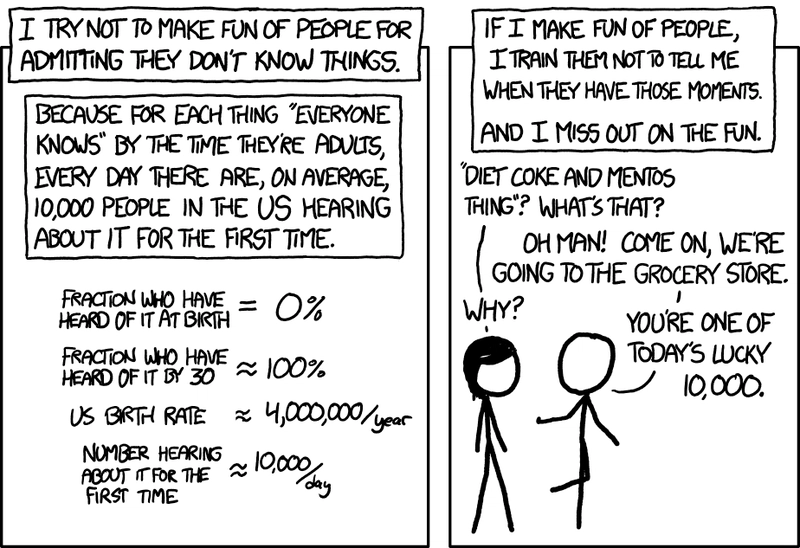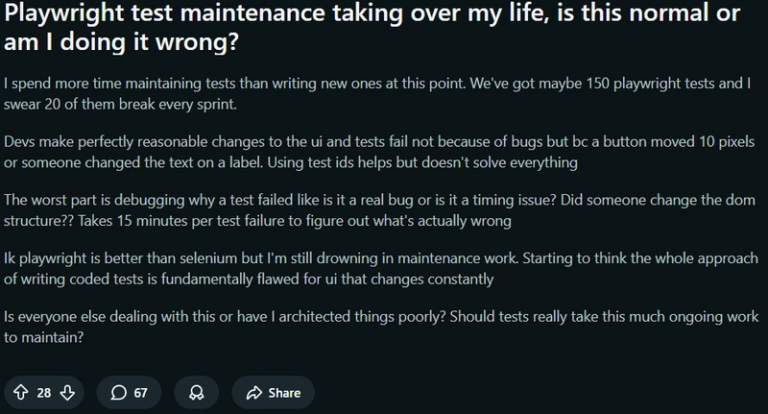Brevity
It seems that perfection is attained not when there is nothing more to add, but when there is nothing more to remove.
— Antoine de Saint-Exupéry, translated from Terre des hommes
Core Principles
Get to the Point
We talk too much. We send long emails. We restate and repeat and ramble. It’s hard to learn to stop talking, but we can do things differently. We just need tools.
Get Confirmation
Over-explaining prevents misunderstandings, but wastes time. Confirmation to the rescue!
- Ask before giving a long explanation.
- Pause frequently to confirm if others understand.
- Check if you need to continue.
- Don’t assume.
Know Your Audience
Being very concise may seem rude to some. Expectations can vary by interaction and culture. We avoid interrupting customers or managers because of policy or power dynamics.
What does your audience need to know? What is their motivation? Do you need their awareness, interest, or action?
Think like a storyteller.
Remove everything that has no relevance to the story. If you say in the first chapter that there is a rifle hanging on the wall, in the second or third chapter it absolutely must go off. If it’s not going to be fired, it shouldn’t be hanging there.
— Anton Chekhov
- Consider the goals of the communication.
- Give the short summary and offer to provide more information.
Finding Balance
Taking it Too Far
Too little information is also bad. Newer team members may not know things. New projects may need explanation. Not everyone can do research before a meeting. Some detail is necessary.
- Don’t expect others to know everything you do.
- Don’t omit detail without asking for confirmation of understanding.
- Don’t be rude if someone does not understand.
If it is not working, try more detail. Call out the change so others are aware.
Cutting People Off
Sometimes you must stop someone from carrying on. This is difficult and can cause hurt feelings.
- Avoid rejecting the information presented.
- Provide a reason for the interruption.
“Sorry to cut you off, but there’s a hand raised we need to address.”
“I’d like to bring us back to the high-level discussion for now.”
“This is good information, but let’s stay focused on this.”
“Let’s add this to the parking lot.”
Be humble. Sometimes others may need to interrupt you, too.
Tools and Channels
Different interactions require different techniques.
- When defining the problem, get frequent confirmation.
- For follow-up meetings, don’t restate the whole problem.
- For status calls, summarize, don’t narrate.
Concise Communication
- Bullet-point lists can be referenced more reliably than paragraphs.
- Add an executive summary to save time if readers don’t need detail.
- Call out participants of relevant sections in meetings and messages.
Writing
Writing tools like the Hemingway Editor or Grammarly can help make your writing concise. AI tools like ChatGPT, Claude, and various iterations of the AI assistants available in note/documentation apps like Notion can do the same.
Digital Communication
Email is all about prioritization. Titles set the tone. They should be clear and distinct.
- Avoid long titles. They may be cut off on some screens.
- Avoid questions or links in titles. Those are details.
No: “Questions about Next Year’s Upcoming Project TICKET-1234”
Yes: “TICKET-1234 – Questions”
For one-on-one or small group chats, try the no hello method.
Meetings
Many meetings styles identify different efficiency tools.
- Set an agenda.
- Set expectations for communication, or ask if none are provided.
- Use a “parking lot” of questions & topics to avoid getting distracted from the agenda.
- Use raised hands to interrupt long responses.
Long meetings are difficult. You cannot keep everyone’s full attention indefinitely. Act accordingly.
- Call out a respondent’s name before asking a question.
- Ask for everyone’s attention when you need it.
- Use raised hands to confirm people are attentive if needed.
- Let people know when “all focus” time ends.
A Culture of Learning
We all have different things to learn. If people can say, “I don’t know,” they can ask for clarity when they need it. Management must consistently support this, or employees will stop asking. If they stop asking, we have to explain just in case, and we are back to wasting time.
- Reinforce a learning culture.
- Express appreciation when someone says, “I don’t know.”
- Never embarrass or belittle someone for not knowing.
This is not a free pass for team members to be lazy, but understanding that we all know different things is important, and sharing knowledge is critical to everyone’s success.
Summary
- Be brief.
- Get Confirmation.
- Know your audience.
- Don’t overdo it.
- Encourage “I don’t know.”
- Foster learning.
- Respect people’s time and attention.
Say what you need to say.
— John Mayer
More to Say?
What do you think?



